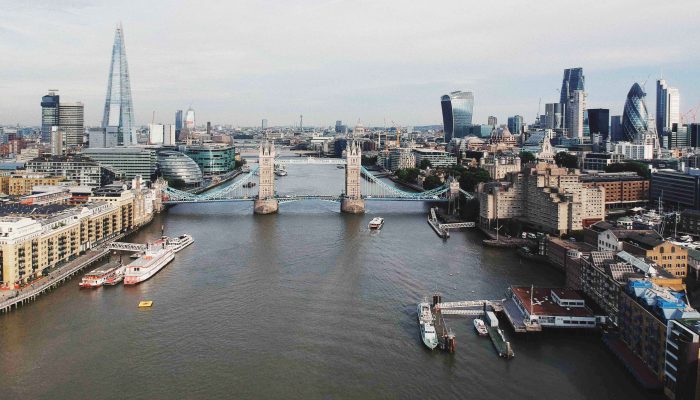
This week the Mayor of London, Sadiq Khan, took the biggest step towards improving London’s air quality since the introduction of the congestion charge 14 years ago.
The capital’s air quality has frequently breached EU limits in recent years but the Mayor’s courageous decision to introduce the toxicity charge shows that he is serious about tackling air pollution – a public health crisis which is responsible for up to 50,000 premature deaths in the UK per year.
Londoners have reason to hope that this will make a real difference. When the pioneering congestion charge was introduced by Ken Livingstone in 2003, it led to a 37% increase in bus usage inside the charging zone and a 20% reduction in traffic volumes.
Replicating this kind of modal shift through the T-Charge would have a seismic impact on air pollution. Diesel cars are responsible for the largest share (41%) of all NOx emissions from road transport in the UK.
Sadly, the reduction in congestion triggered by the congestion charge has since been erased by a shrinking of road space in central London and a growth in the use of delivery and private hire vehicles, which have brought congestion back to crisis levels and caused bus usage to decline as a result.
Tackling congestion must be a central part of the solution to our air quality crisis; in nose-to-tail traffic tailpipe emissions are four times greater than in free flow traffic. The need for action is widely recognised: three quarters of Londoners supported Sadiq Khan’s decision this week.
The toxicity charge is a step in the right direction, but further bold moves must be taken in order to improve air quality in this country. This will need to include far tougher action on diesel cars in areas breaching legal limits and support for modal switch to Euro VI standard buses.
In particular, Euro VI bus technology must be at the forefront as a solution to the problem.
As the debate around “dirty diesel” continues, clean diesel buses are at risk of being wrongly demonised alongside high polluting diesel cars. But the evidence shows that the most effective solution to the air quality crisis is to cut the number of diesel cars on the roads, and prioritise use of Euro VI diesel buses, alongside buses fitted with exhaust clean-up technology to Euro VI standard.
Huge progress has been made in clean diesel bus technology, far outstripping progress in car technology, thanks in large part to substantial investment by the sector and stringent testing regimes which measure on-road performance.
Real world testing of Euro VI buses shows a 95% reduction in NOx emissions on previous models. Euro VI buses also emit fewer emissions overall than a Euro 6 car, despite having up to 20 times the carrying capacity.
The benefits of Euro VI buses are well known within the sector, but with local authorities across the country now drawing up their own plans to improve air quality at a local level, it is more important than ever that we raise awareness at a broader level.
The Mayor of London has already recognised the essential role for Euro VI buses in tacking pollution, having recently committed to retrofit 5,000 buses to the latest Euro VI standard as part of his plans to clean up London’s air. It is hoped that other areas will follow his example.
Next month, Greener Journeys will launch a major campaign to support Euro VI standard buses. The campaign is being backed by an unprecedented coalition of UK bus manufacturers, engine manufacturers, retrofitters and operators, including: ADL, Arriva, Baumot, Cummins, First, Go-Ahead, Low Carbon Vehicle Partnership, National Express, Optare, Stagecoach, Trent Barton and Wrights.
The latest generation of clean diesel British buses deliver huge environmental and economic benefits and must be at the heart of plans to tackle the UK’s air pollution crisis.
About the Author
This post was written by Claire Haigh. Founder & CEO of Greener Vision & Executive Director of the Transport Knowledge Hub. Claire was previously CEO of Greener Transport Solutions (2021-2022) and CEO of Greener Journeys (2009-2020).
